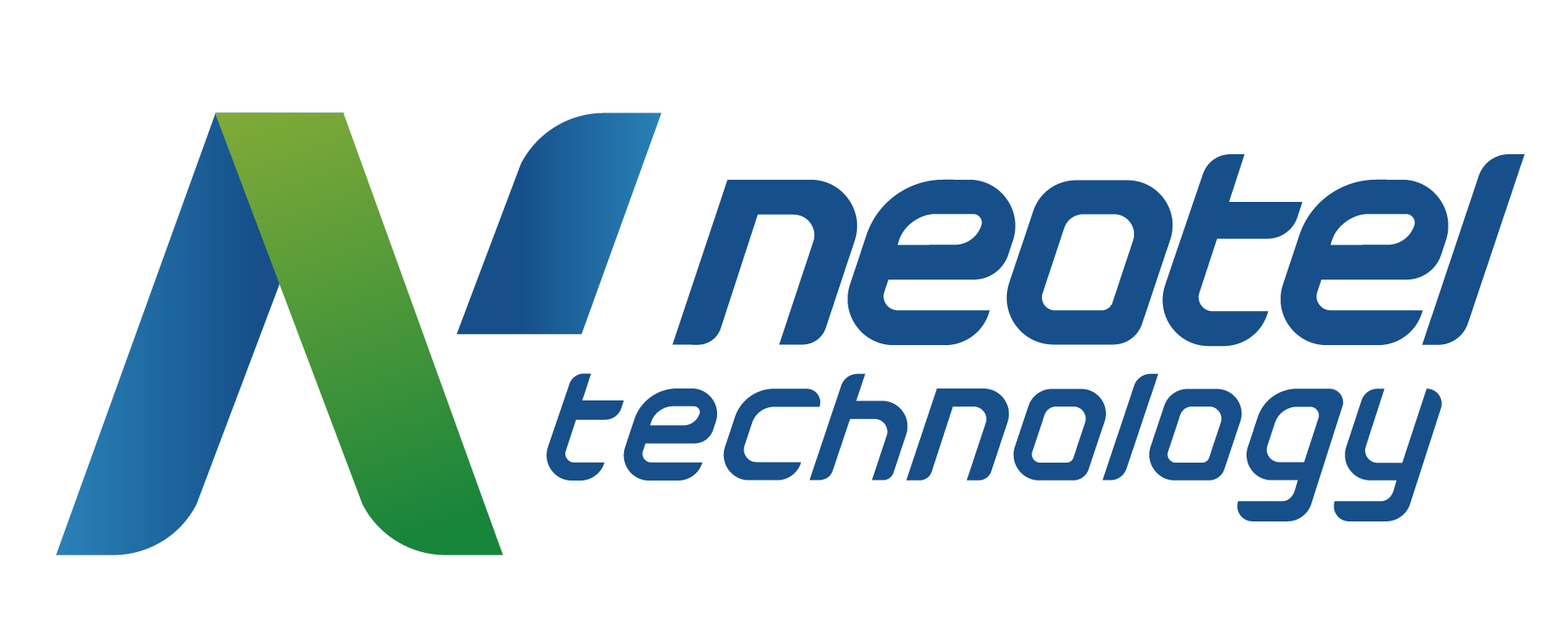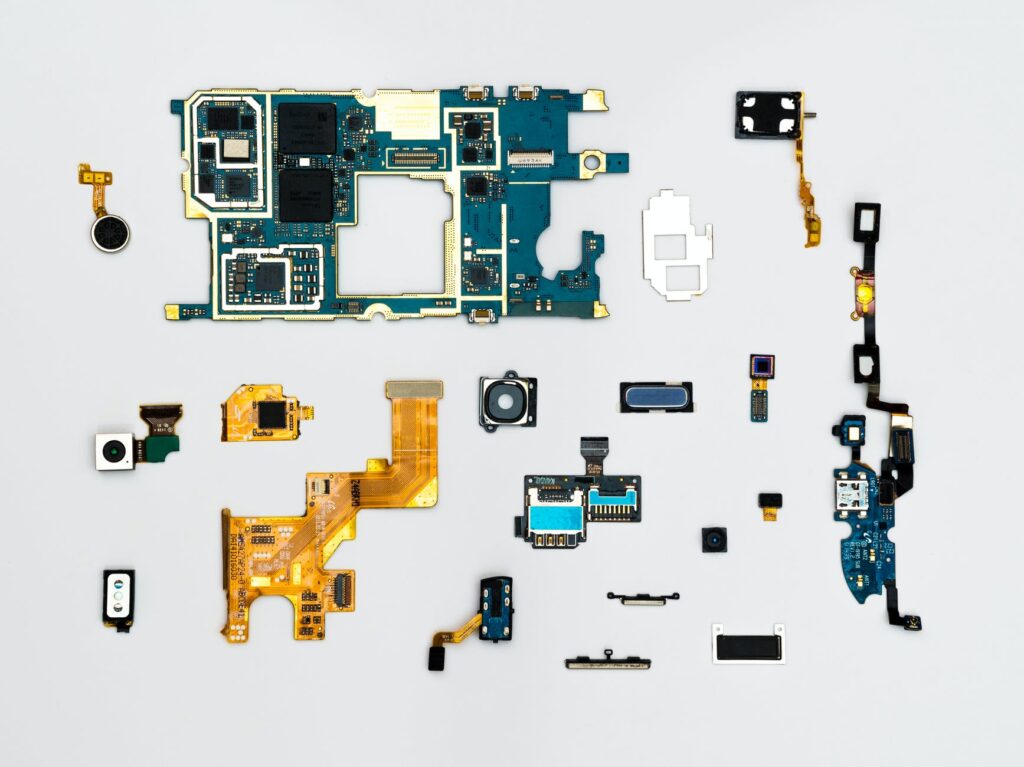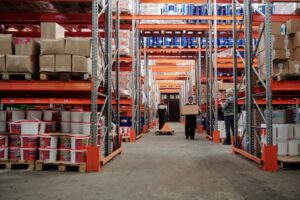What is a Rule Engine?
A rule engine is a type of logic that enables manufacturing actions to be automated based on specific guidelines or pre-established “rules”. They are comprised of 2 key features:
Defined conditions;
Subsequent appropriate reactions.
By looking at the current conditions, the rule engine will enact the appropriate action based on the logic it has been given.
By giving manufacturing systems an established logic, manufacturers are able to automate processes that would have otherwise been performed manually. This ensures that the right actions are being performed behind the scenes, freeing up valuable time for operators, supervisors, and managers.
KEY TAKEAWAYS
Rule engines enable business actions to be automated based on specific guidelines or pre-established “rules”
A rule consists of at least one condition and one appropriate action.
More often than not, rule engines work through an IF-THEN formula.
Automated rules remove the need for people to perform non-value-added work.
The IF-THEN Formula
Most rule engines run on a simple IF-THEN formula:
If condition X occurs, then implement action Y.
The reason this formula works so well is because it removes ambiguous language while providing a clear framework based on specific parameters.
Imagine you are explaining how to cook pasta: when to add pasta to the hot water and when to remove it.
You could frame the directions under a sequential IF-THEN formula where the previous condition needs to be met before the next rule can be considered.
If water is boiling (approx. 100 °C), then place pasta in the boiling water.
If the pasta has been in the boiling water for 5 minutes, then remove and drain.
Manufacturing Rule Engines
Within a manufacturing environment, we can combine rules to automate specific processes and create an intelligent and responsive system. Here is a rule engine made specifically for inventory management.
If copper wire #GH784 inventory drops below 1500 units, then order 1000 more units; If copper wire #GH784 inventory drops below 750 units, then prioritize crucial assemblies with required lead times of 2 days. If copper wire #GH784 inventory exceeds 3000 units, then inform the operations manager. If copper wire #GH784 cannot be ordered, then notify the inventory management team.
Let’s break down this simple set of rules.
The above rule engine autonomously orders parts, reacts to production needs, and notifies the appropriate personnel when needed. No matter the circumstance, the rule engine makes sure the manufacturer has the inventory and knowledge it needs to succeed. This enables operators and other team members to focus on other duties while the rule engine makes sure that inventory is running smoothly.
3 Ways to Automate Non-Value-Added Work
There’s no way around it: Manufacturing involves both value-added and non-value-added work. But we can use rule engines to reduce the amount of non-value-added work that employees need to perform.
Here are 3 examples of how to automate processes with a rule engine.
- Automatically Notify The Right People
As operators perform their duties, they need to keep a vigilant eye on the quality of their assemblies. In the case where an operator sees a quality error, the operator needs to flag the issue, find their supervisor, and report the problem in detail, resulting in a lengthy process and a slowed-down operation.
But with an established rule engine and work instructions software, operators indicate that a product has a quality issue and the rule engine quickly takes the initiative to collect data and communicate with the required people.
This rule engine would look similar to this:
If a user identifies a quality issue, then notify the user to “Place the unit in the red bin”.
Open a non-conformance form for the user to fill in.
If information is filed, then send all information to quality control.
When the issue has been reported, bring the user to step 1 so they can begin a new assembly.
Here we see that the rule engine has taken care of getting the information and data to the right people while instructing the operator on what to do next.
This turns a 15-minute process into a 2-minute process.
- Automate Safety Reminders
Certain jobs require different levels of safety equipment. Reminding employees of the proper safety steps and equipment is paramount to keeping employees safe on the shop floor.
With an intelligent rule engine in place, manufacturers can notify employees of certain risks, required PPE, and updates on best practices regarding the conditions of the job at hand.
This rule engine would display the following 2 rules:
If the work order number begins with H (Hazardous), then display a Hazardous PPE reminder to the user at the beginning of each guidebook.
If the work order number begins with W (welding) or G (grinding), then display a ventilation reminder to the user at the beginning of each guidebook.
The rule engine is working behind the scenes to ensure that operators are receiving the right health and safety information they need to perform their work properly.
- Generate Maintenance Work Orders
Machines need periodic maintenance. To track which machine needs service, maintenance personnel often manually inspect the hours of machines to monitor and schedule preventative duties.
It’s a long but necessary process… at least it used to be. With an intelligent rule engine and work instruction software, we can remove this lengthy process entirely.
Imagine your company has a series of press machines that need service every 1000 hours of operation. Since operators are using these machines every day and are required to pre-inspect the machine before use, it makes sense that they record the hours in their digital instructions.
Your team determines that if one machine is used 8 hours a day for 5 days a week, then each machine goes through approximately 180 hrs per month, giving you a maintenance call about every 6 months. This will fluctuate depending on the highs and lows of the operation so the numbers will still need to be watched.
You need a smart system to inform the maintenance department of the hours but you don’t want to send them too many notifications.
Your team develops the following set of rules for your system:
If the operator fails to document the machine-hours, then supervisor approval is required to progress to step in the guidebook.
If hours exceed 940, then send a pre-service message to the maintenance department.
If hours exceed 980, then send maintenance warning to appropriate personnel.
If machine-hours exceed 1000, then do not allow new work orders to be submitted without approval from a manager or supervisor.
Having an automated rule engine that keeps a watchful eye on machine health and maintenance goes a long way in extending the life of your machines while also reducing the non-value-added work of your maintenance department.



